Yoga Bhajana B consists of 19 poses. Each pose is synchronized with a specific breathing pattern. Bhajana B is more challenging than A. The benefits are similar to traditional bhajans, but with better fat loss and shaping effects.
Let's break down Bayonetta B in detail.
1. Mountain Pose: Normal Breathing: Gaze - Nose Tip.
Stand with your feet together and exercise your quadriceps. Arms on both sides of the body, shoulders aligned above the pelvis.
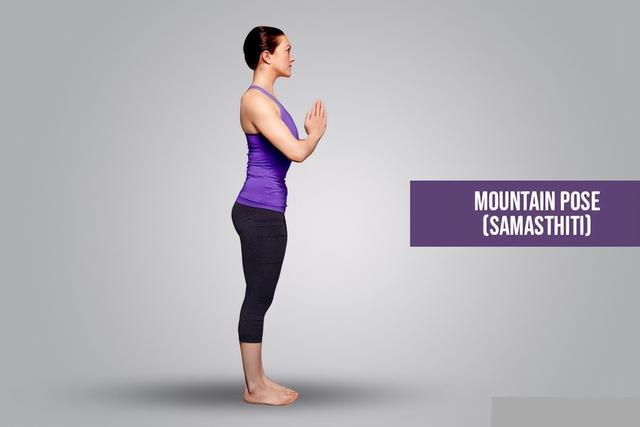
2. Phantom chair pose: exhale, gaze-thumb
Bend your knees with your thighs parallel to the floor. Raise your arms, hands together, lower your hips, push your heels to the ground, do not pull your knees tight.
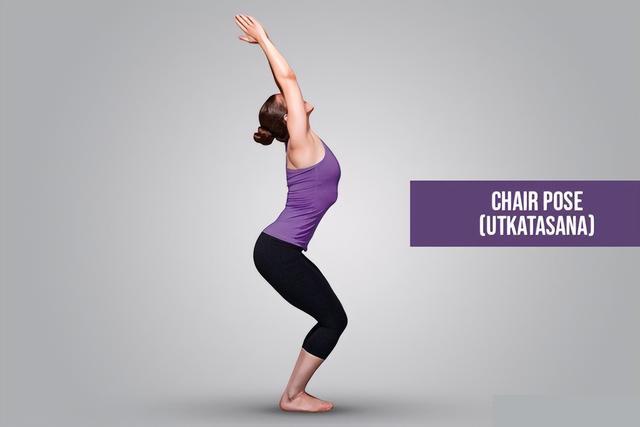
3. Standing forward bend: Exhale|Gaze - chin or nose
Straighten your legs and fold forward from the hips. Lower your arms and place the palms of your hands on the floor next to your feet. Head down, abdomen resting on thighs. Forehead rests on shins, elbows slightly bent.
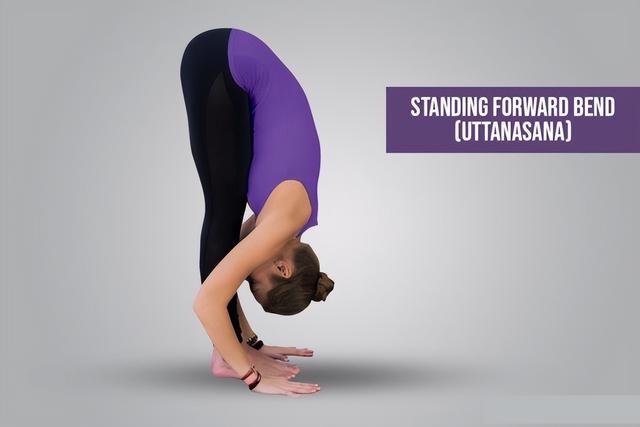
4. Half Forward Bend: Inhale|Gaze - Third Eye
Raise the palms of your hands and place the fingertips on the floor. Lift your head and neck so that your back becomes flat and parallel to the floor. Lengthen the spine.
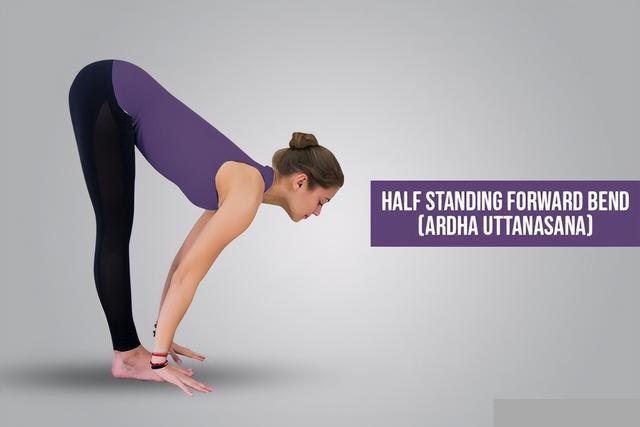
5. Four-Pillar Support: Exhale| Gaze-Nose Tip.
Step backward with your feet together. Press your palms on the floor, bend your elbows, and form a straight line with your shoulders, hips and heels.
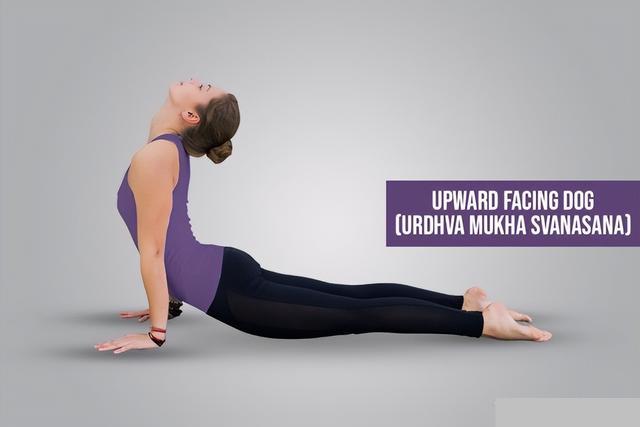
6. Upper Dog Pose: Inhale|Gaze - Third Eye
Straighten your arms and turn your toes. Lower the hips. Stretch the chest into a backbend. Wrists are directly below the shoulders.
7. Downward Facing Dog: Exhale|Gaze - Third Eye
Turn your toes to place your heels on the floor. Lift hips. Extend your arms, press your palms to the floor, and place your head between your arms.
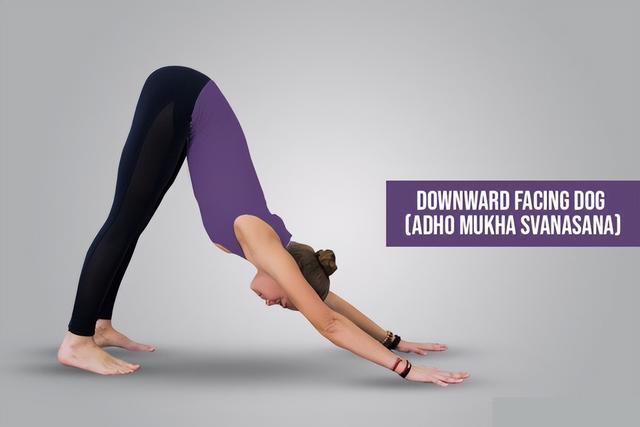
8. Warrior I: Inhale|Gaze - Thumb
Place the right foot forward between the palms of the hands. Turn the left foot inward 45 degrees. Bend the right leg with the thigh parallel to the ground. Arms up and together
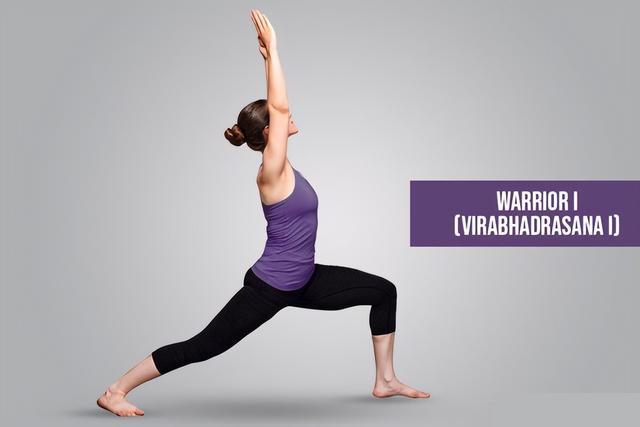
9. Four-Pillar Support: Exhale|Gaze - Nose Tip
Extend the right leg backward and place the hand on the floor. Place your right foot next to your left foot, bend your elbow, and press the palm of your hand toward the floor. The body is parallel to the ground.

10. Upper Dog Pose: Inhale|Gaze - Third Eye
Pull your chest upward by lowering your hips and straightening your arms to do Upward Dog again. Wrists are above the shoulders.
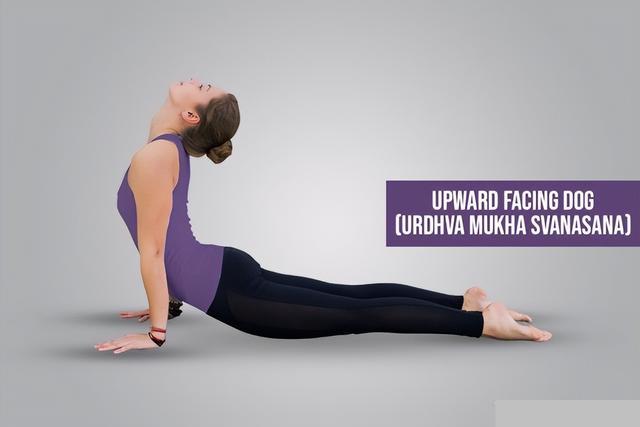
11. Downward Facing Dog: Exhale| Gaze-Nose Tip
Press the palms of your hands toward the floor to lift your hips up and hang your head between your arms. Hips up, heels on the floor.
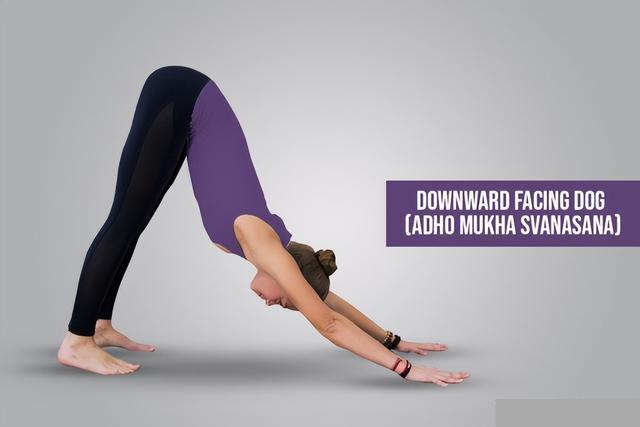
12. Warrior I: Inhale| Gaze-Thumb
Take a step forward with your left foot and approach the left hand of the bent left leg. Left thigh is parallel to the floor. Raise both arms up and together.
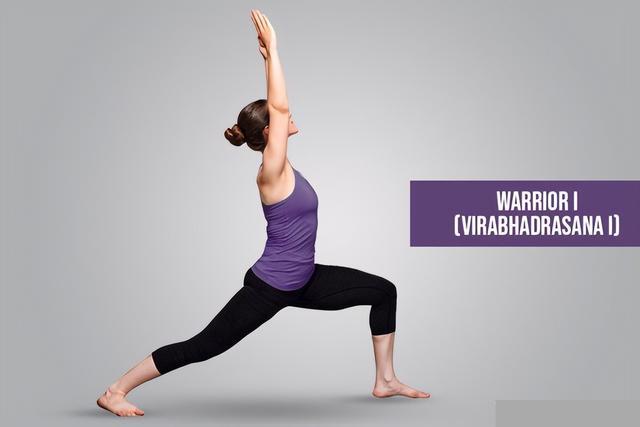
13. Four Pillar Support: Exhale| Gaze-Nose Tip
Place the left foot next to the right foot, press the palm of the hand to the ground, bend the elbow so that the body is parallel to the ground.
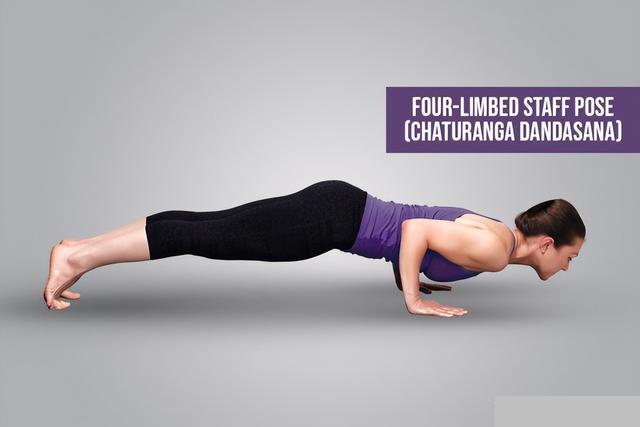
14. Upper Dog Pose: Inhale| Gaze-Third Eye
Roll your toes forward. Expand chest upward. Roll your thighs close to the ground and roll your shoulders down away from your ears into Upper Dog Pose
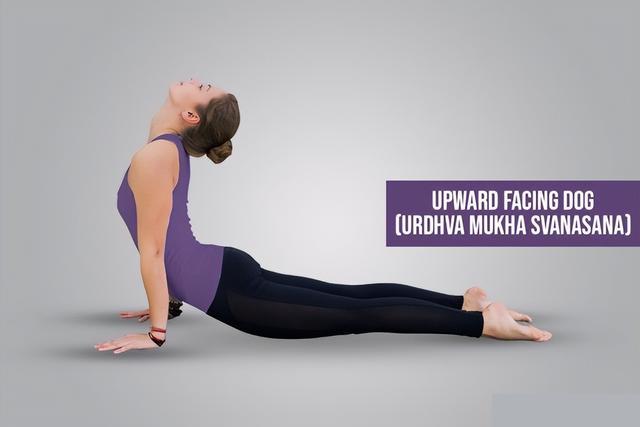
15. Downward Facing Dog: Exhale| Gaze - Nose
Hips up, heels on the floor, head between arms. Stretch arms and spine into downward dog.
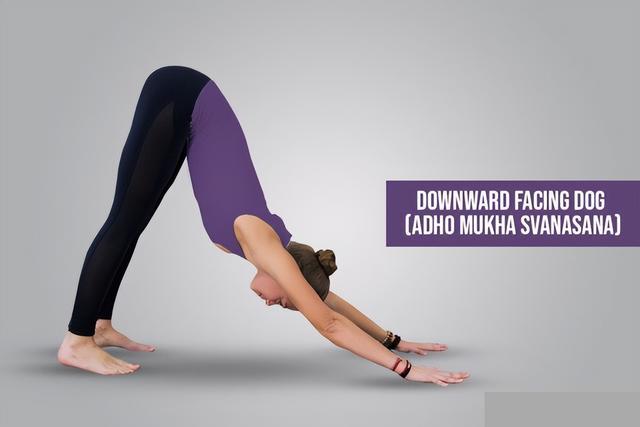
16. Half Forward Bend: Inhale| Gaze - Third Eye
Walk forward, fingertips on the floor, lift head slightly, back parallel to the floor. Enter half forward bend.
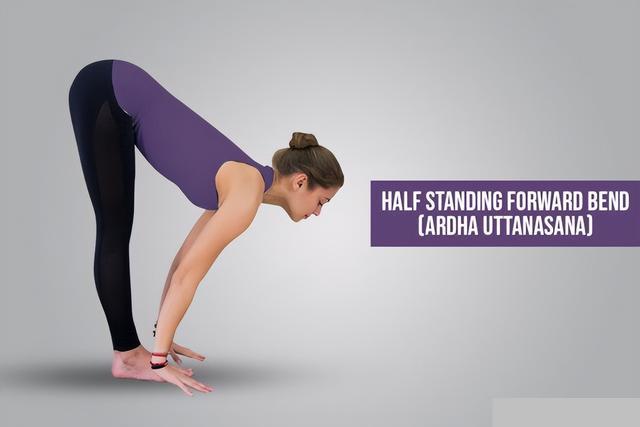
17. Standing Forward Bend: Exhale| Gaze-Nose Tip
Fold forward from the hips. Slightly bend your elbows and place your hands next to your feet into standing forward bend.
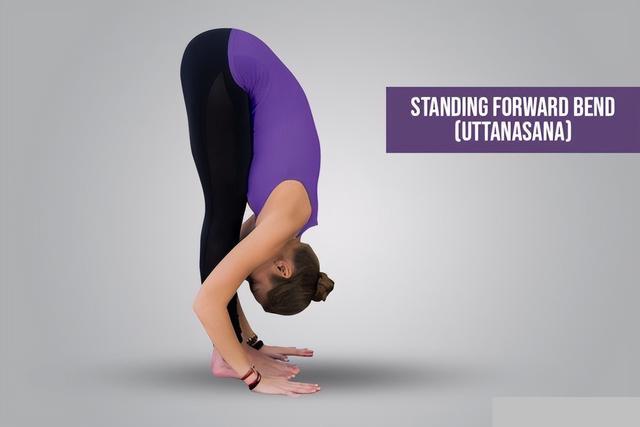
18. Phantom Chair Pose: Inhale| Gaze-Thumb
Inhale, bend your knees, lift your torso and raise your arms above your head. Lower your hips again into phantom chair pose.
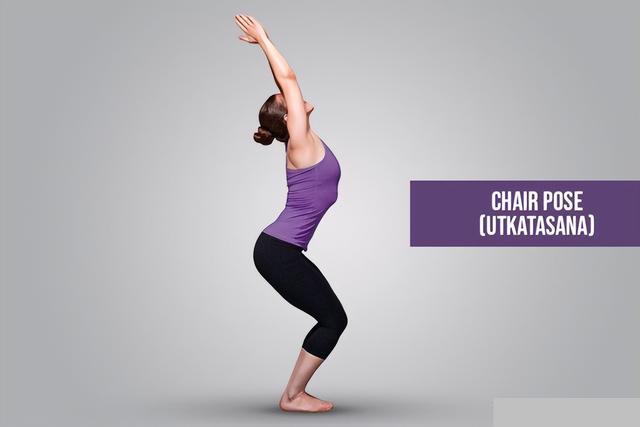
19. Mountain Pose: Exhale| Gaze-nose tip.
Straighten your legs and return to Mountain Pose, keeping your hips and shoulders relaxed.
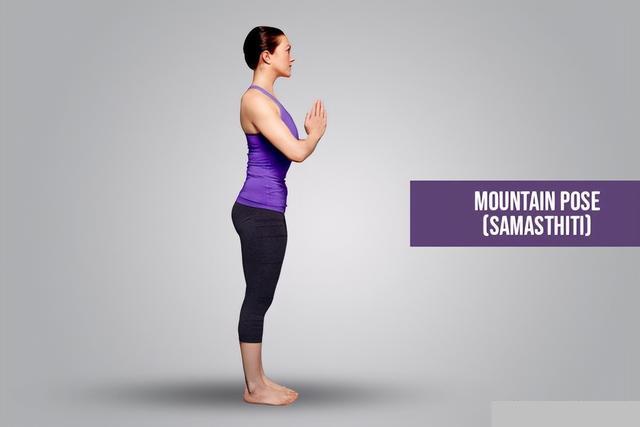
Tips for beginners
For phantom chair pose, keep your feet slightly apart so that your hips can sag easily. You can also place your hands on your waist or thighs instead of raising them above your head and can gaze forward.
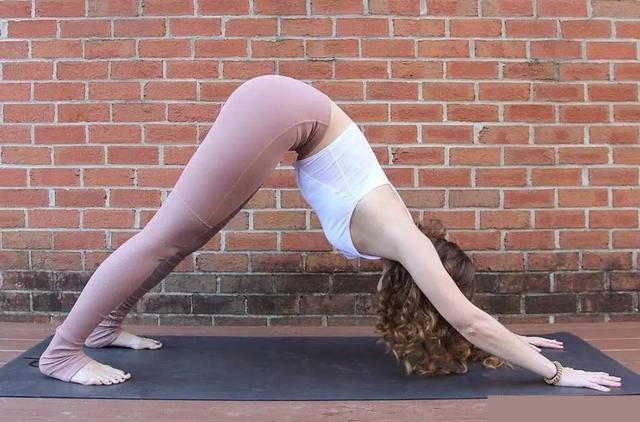
For standing forward bend, you can keep your knees slightly bent, or you can place your fingertips on the floor instead of your palms. With your hands on your calves, you can easily go into semi-forward bend. In addition to this, the neck can be raised to a comfortable level so that the chest is elevated.
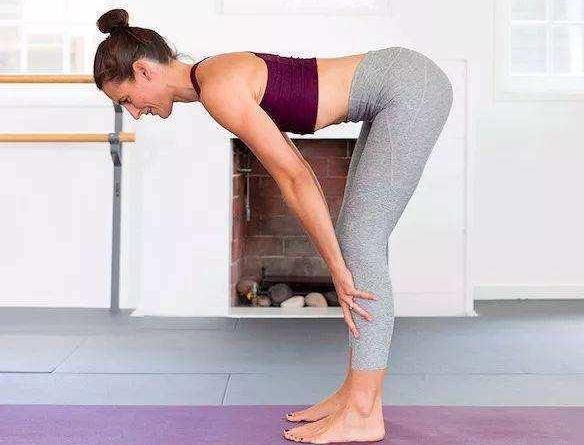
In Four Pillar Support, a yoga block can be placed to support the chin, or the knees can be bent to the floor to balance the body. The upper dog pose can be changed to cobra pose until the arms have enough strength. In Downward Dog, beginners can shorten the distance between the arms and the feet. It is also difficult to go directly from Downward Dog into Warrior I. Therefore, you can put your knees on the floor. Then, extend one leg forward and enter Warrior I.
Popular Articles
-
Treadmill PK elliptical machine, which is more fat burning?
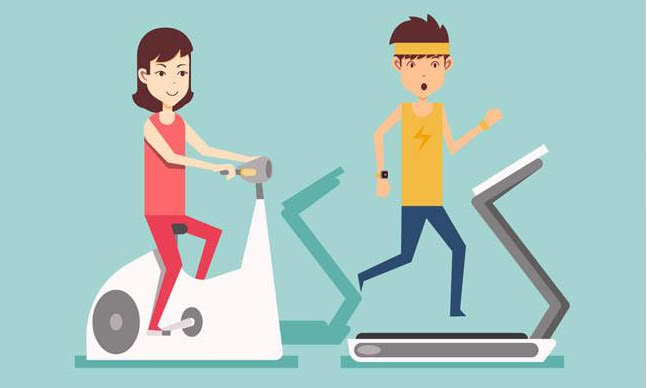
-
 The world's largest apple: World No. 1 apple weighs three pounds
The world's largest apple: World No. 1 apple weighs three poundsApr 01, 2025
-
 These Scandinavian brands of tableware will surprise you
These Scandinavian brands of tableware will surprise youApr 01, 2025
-
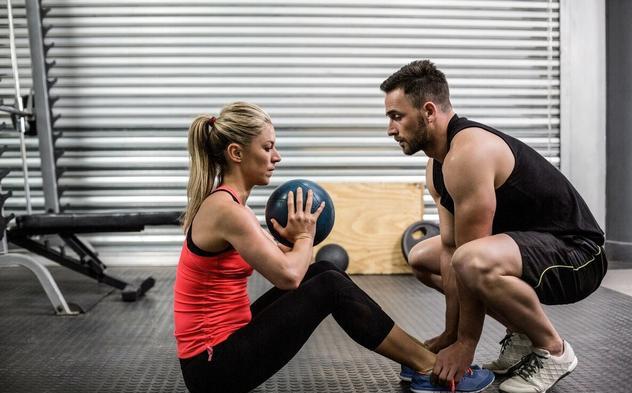 For those who work out, a few signs mean you're overtraining
For those who work out, a few signs mean you're overtrainingApr 01, 2025
-
 Super good kitchen storage methods, known as the best kitchen storage template
Super good kitchen storage methods, known as the best kitchen storage templateApr 01, 2025
-
 Health in Spring Pecan Soybean Milk
Health in Spring Pecan Soybean MilkApr 01, 2025







Comments
0